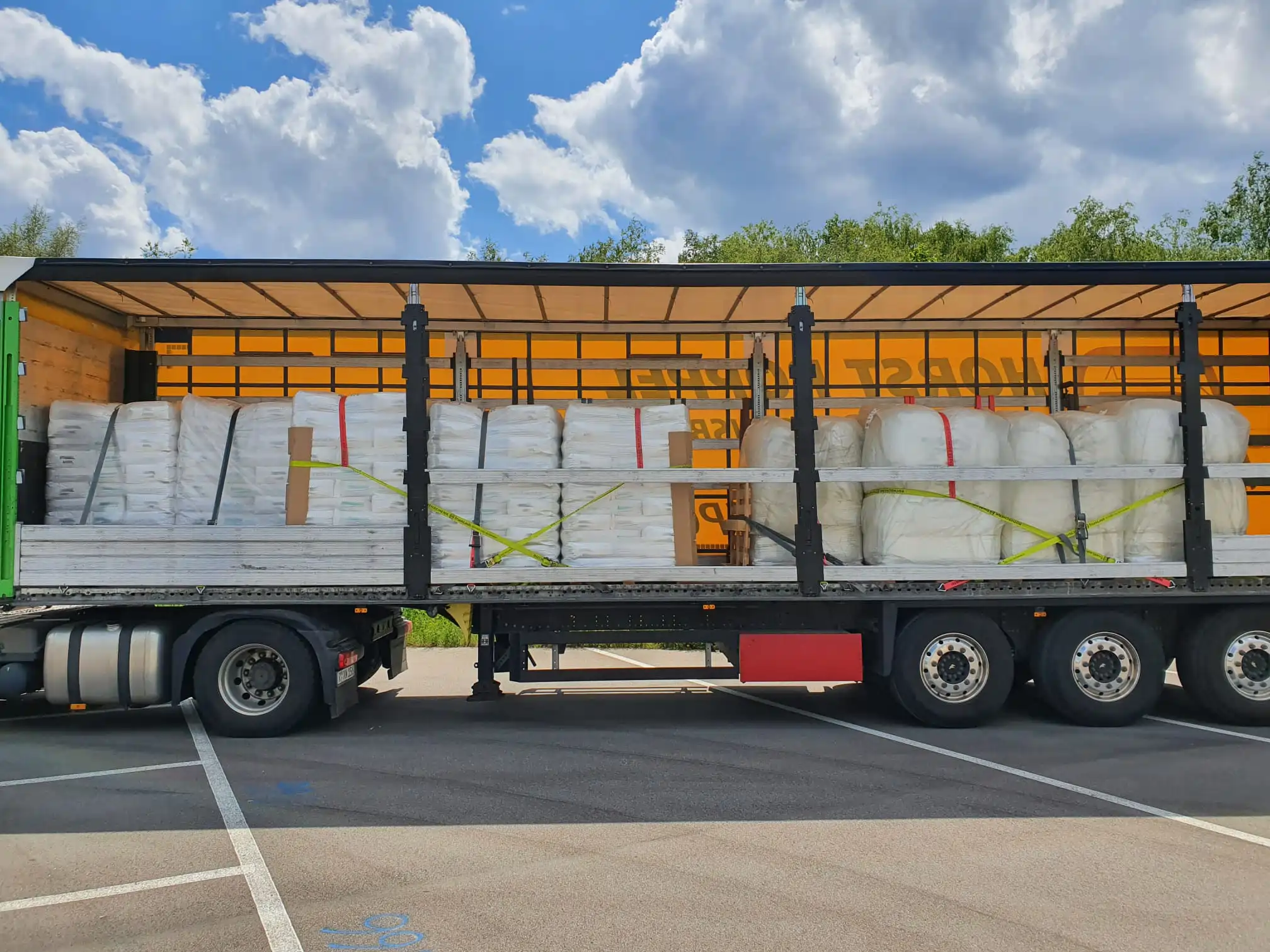
Now 10% off all Ergolash lashing straps save now! Voucher code: ergo10 | Valid until 31.05.2025
In shipping companies, incoming inspections of vehicles used to transport goods are a recurring topic of discussion. It often starts with the statement: no, I don’t have to check because this is only mandatory for dangerous goods. We don’t have any dangerous goods, so we don’t have to check them.
I look at this discussion from a different angle and ask the question: Does the condition of the vehicle and its quality correspond to the price to be paid for the transportation service? Of course, this presupposes that the requirements for the transportation service are defined so that offers can be compared. A specification must therefore be drawn up for the vehicle, its condition and its equipment, depending on the products to be transported.
This should also be done to ensure that agreements with customers regarding delivery reliability and product quality can be met. Delivery reliability cannot be maintained, for example, if the inspection authorities prohibit the onward journey due to defects in the vehicle or insufficient load securing, or if the inspection is unnecessarily protracted.
The vehicles should therefore be checked in their own interest and not just because the legislator prescribes it under certain conditions.
Quite a few companies have very high quality standards for their products. However, this standard is often no longer maintained after the final inspection in production. Savings are then made on the quality of the means of transport, the process organization and the deployment of personnel.
After loading, there is an incalculable risk that the customer/recipient will not receive the goods in the condition in which they were ordered, or that they will receive them late or not at all. All of this leads to consultations, complaints, price reductions and, in the worst case, the customer is lost as a business partner. This situation should not be tolerated by any company.
To be clear from the outset, the inspection is a visual inspection and not a TÜV inspection. It is about features that are obvious.
The general impression conveyed by the transport vehicle should guide further measures.
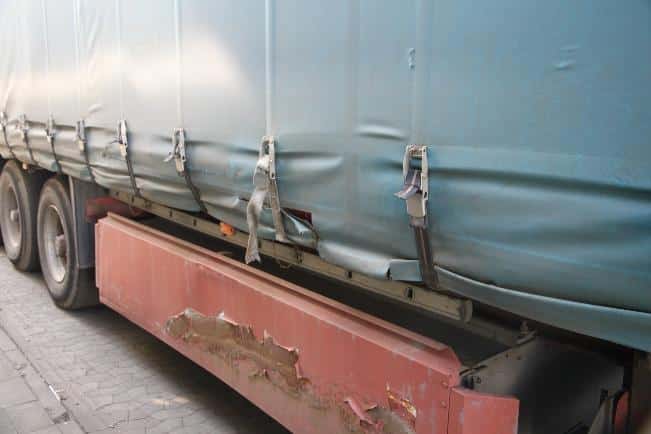
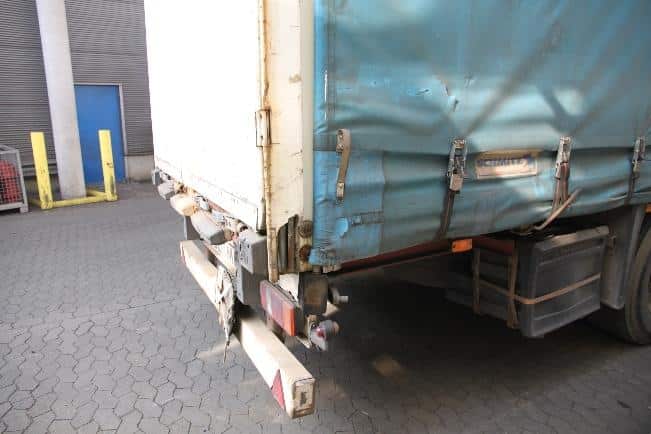
The two pictures give a bad impression, which was reinforced on further inspection. Such vehicles are also noticed by the inspection authorities, are checked and, if necessary, immobilized.
1. body type/vehicle type: box body, refrigerated body, sliding tarpaulin, dropside vehicle
2. Body strength according to EN-12642 Code XL, if form-fit loading is possible
3. Number of lashing eyes on both sides in accordance with EN-12640 or perforated strip, if form-fit loading is not possible and additional securing is required.
4. Number and type of securing devices
5. the vehicle must comply with the requirements of the StVO and StVZO in terms of condition and road safety.
6. reference to features that lead to the rejection of the vehicle




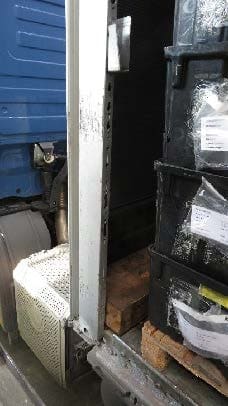

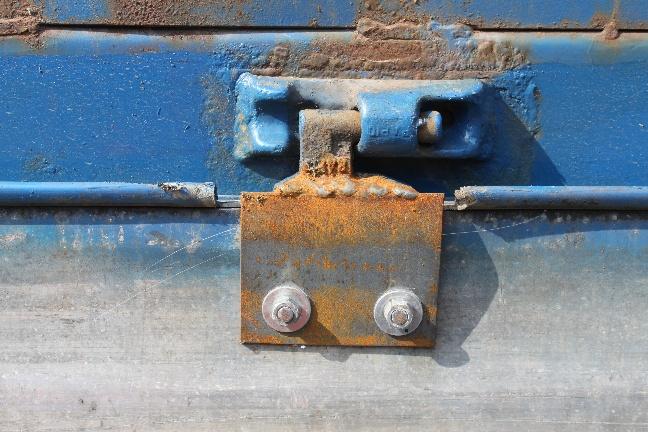
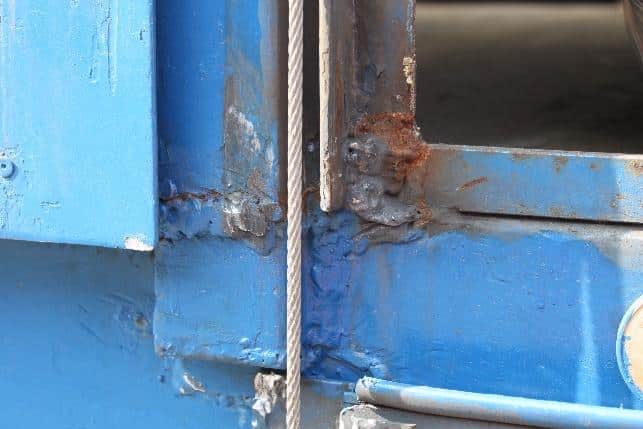
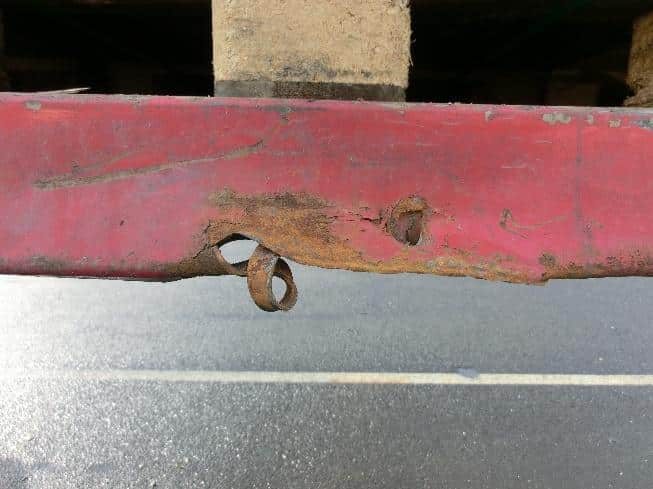

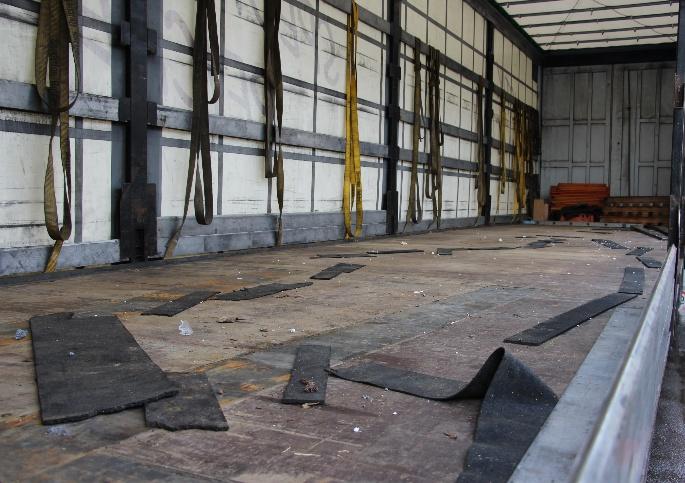

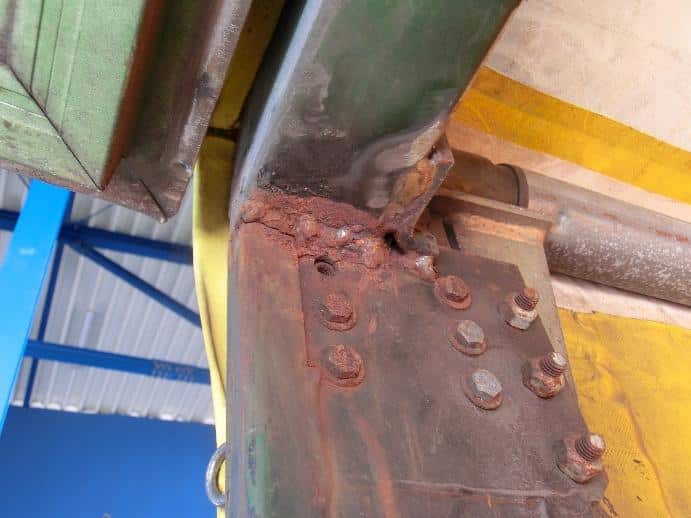
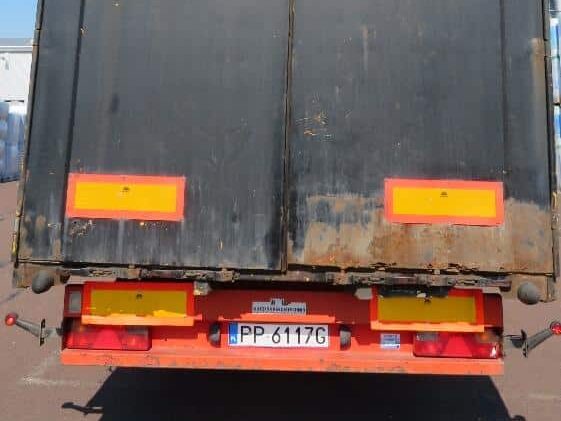
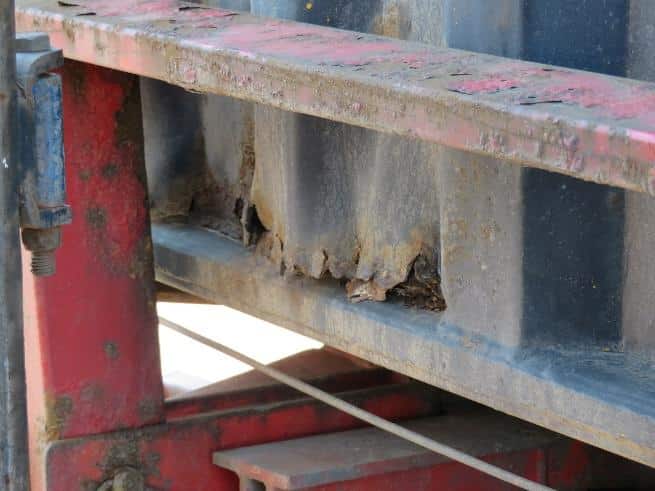
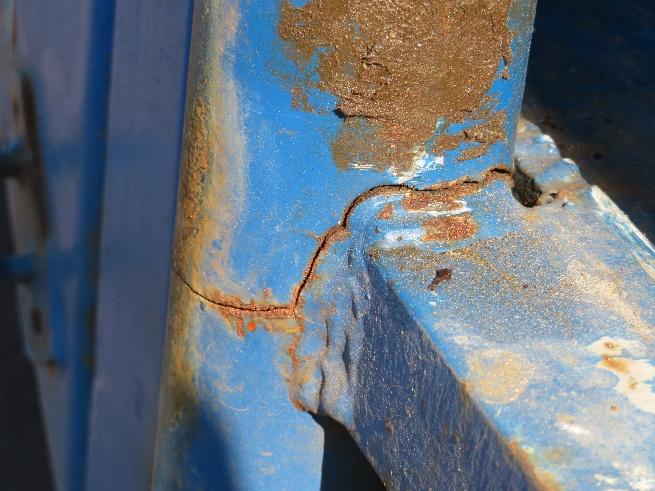
A word about the quality of the driver. The driver is the representative of the freight forwarder or carrier vis-à-vis the client. It is unacceptable for them to behave in an uncooperative, sexist or any other way that is not in keeping with normal manners.
The loading personnel can represent the owner’s domiciliary rights vis-à-vis the drivers. Due to their better knowledge of the load and its securing, the loading personnel should take the lead in the loading process and involve the driver in a cooperative manner.
My thoughts are intended to encourage you to take a closer look at this topic and reduce the general risk during the transportation phase for everyone involved. They are all based on specific examples/incidents from almost 30 years of practical experience in the shipper industry.
Tackle it, it can only get better!
Yours, Sigurd Ehringer

Sigurd Ehringer
✔ VDI-zertifizierter Ausbilder für Ladungssicherung ✔ Fachbuch-Autor ✔ 8 Jahre Projektmanager ✔ 12 Jahre bei der Bundeswehr (Kompaniechef) ✔ 20 Jahre Vertriebserfahrung ✔ seit 1996 Berater/Ausbilder in der Logistik ✔ 44 Jahre Ausbilder/Trainer in verschiedenen Bereichen —> In einer Reihe von Fachbeiträgen aus der Praxis, zu Themen rund um den Container und LKW, erhalten Sie Profiwissen aus erster Hand. Wie sichert man Ladung korrekt und was sind die Grundlagen der Ladungssicherung? Erarbeitet und vorgestellt werden sie von Sigurd Ehringer, Inhaber von SE-LogCon.
<< Previous Post
Episode 61: Troubleshooting Part 3 – Securing the BigBag correctly
To the next post >>
Rothschenk assortment
Our customer center has only one goal: to turn your problems into solutions. Whether standard stowage cushions, bestsellers or load securing personally tailored to your needs -. we accompany you consistently from A as in field service to Z as in certification. That is our promise to you, as a leader in our industry.
We attach great importance to professional cargo securing. That is why we have our own production, which ensures reliable operation through modern manufacturing technologies and strict quality control. Thus, we offer our customers a comprehensive and high-quality range of services in the field of transport logistics.
DIN ISO 9001:2015, EMAS and Ecovadis are not foreign words to you? Then it's time to work with the best.
You don't take any risks with us - we have been awarded the Platinum Medal on the EcoVadis sustainability rating platform.
As a load securement company, we are proud to have several certifications that validate our sustainability efforts and our commitment to environmental protection and social responsibility. For you as a purchaser, this means that we demand and promote the implementation of high environmental and social standards both within the company and along the supply chain.
You are currently viewing a placeholder content from Google Maps. To access the actual content, click the button below. Please note that doing so will share data with third-party providers.
More Information